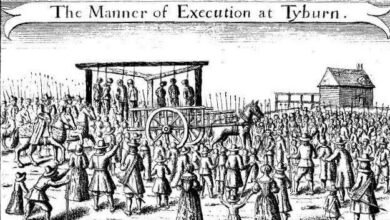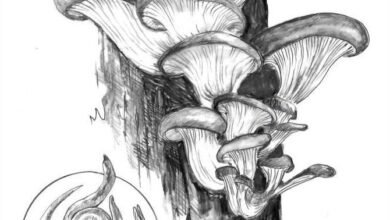Detection Dogs Are Mapping Hidden Cottontail Homes


 The New York-New Jersey Trail Conference Conservation Dogs Program (CDP) conducted winter pellet surveys for New England cottontails (NEC) at Fahnestock State Park in the Hudson River Valley, bringing an innovative approach to monitoring this rare species.
The New York-New Jersey Trail Conference Conservation Dogs Program (CDP) conducted winter pellet surveys for New England cottontails (NEC) at Fahnestock State Park in the Hudson River Valley, bringing an innovative approach to monitoring this rare species.
Through partnerships with DEC and NYS Parks, the CDP is deploying three specially trained detection dogs (Peat, Lettie, and Lady) to locate cottontail scat (fecal pellets) in challenging terrain.
Their ability to detect pellets by scent rather than sight lets them work efficiently in dense mountain laurel understory. Highly trained detection dogs can cover ground quickly, keep habitat disturbance at a minimum, and detect the targeted odor passively, without scratching or digging in the ground or interacting with wildlife.
Handlers are trained to interpret their dogs’ behaviors while considering how environmental factors such as temperature, humidity, wind, and topography affect scent movement.
While navigating via GPS, dodging brittle branches, and walking carefully over ice covered logs, dogs are outfitted with protective gear, including eyewear, bells, and brush guards for safely negotiating dense vegetation.
Each dog underwent training in detecting cottontail pellets, beginning in controlled indoor settings where they completed 160-185 training repetitions using over 40 individual DNA-confirmed NEC samples provided by DEC.
During the 2022-2023 pilot season, Peat and his handler conducted surveys over 16 days, covering 768 acres.
This effort resulted in 21 samples collected; genetic analysis of these samples revealed that NEC occupied several habitat patches that biologists hadn’t known about.
The 2024-2025 survey season focused on habitat patches near these recently discovered areas.
All samples undergo genetic analysis to confirm whether they come from New England cottontails or from eastern cottontails, a nonnative rabbit species also found in the area.
The data collected will provide valuable insights about New England cottontail distribution and habitat usage which will allow biologists and land managers to implement more effective conservation strategies.
You can read more about the dogs and their work in the Spring 2025 New England Cottontail Newsletter (PDF).
Article and photo courtesy of Peat by Arden Blumenthal, Conservation Dogs Program Coordinator for New York – New Jersey Trail Conference (provided by DEC).
Source link




